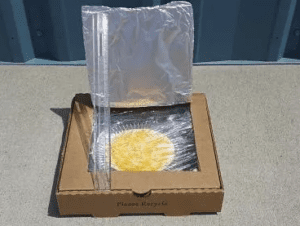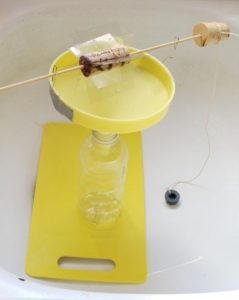Renewable vs. Non-Renewable Energy Sources
What are some ways that you use energy every day? You may use energy to play outside or read a book. Energy is required when turning on the lights, and cars need energy to go. Energy is everywhere! Although sometimes you can hear energy (sound), feel energy (wind), taste energy (food), and see energy (light), most often it is hard to figure out exactly where energy is.
In this lesson, we will focus on the type of energy that is used to generate electricity, heat, and to make our cars go.
Where does the electricity come from to make the lights work? And where does the energy come from that makes cars go?
Electricity doesn’t just come from the socket that you plug your lights or computer into. And your car needs gas to go, or if it’s an electric car, it also needs electricity. The electricity has to be generated somehow and gas has to be available. We can choose the way we generate the electricity required by using energy sources that are either Renewable or Non-Renewable.
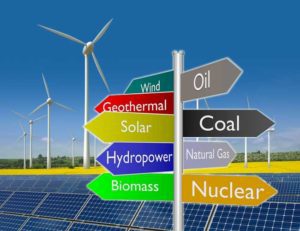
Watch this video to learn more about how electricity is generated.
Renewable Energy Sources
What do you think a Renewable Energy Source means? A renewable energy source is an energy source that will always be available, and will never run out. We call these clean sources of energy because we don’t have to burn anything to produce heat.
Solar Power
One renewable energy source is solar panels. Solar panels capture the energy from the sun’s heat and turn it into electricity for people to use. The sun’s heat will always be available to us (except at night of course!), therefore it is considered a renewable energy source. Watch this video to learn how a solar panel works.
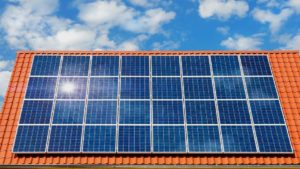
Wind Power
Another renewable energy source is wind turbines. They get their energy from the power of the wind. Why is that renewable? Because we will always have wind! We can even use wind turbines out in the open water where there is lots of wind! Watch this video to see how wind is turned into electricity.
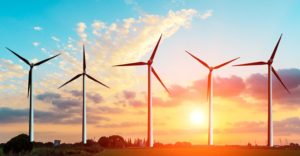
Hydropower
Another renewable energy source is called hydropower. This harnesses the power of moving water to generate electricity. Watch this video to learn more about how hydropower works.

Other Sources
There are other renewable energy sources that are not as common, like geothermal energy and biomass energy. Biomass is any organic matter—wood, crops, seaweed, animal wastes—that can be used as an energy source. It is a renewable energy source because its supplies are not limited. We can always grow trees and crops, and waste will always exist, which makes it a renewable energy source.
Non-Renewable Energy Sources
What do you think the term Non-Renewable Energy means? It means this type of energy source will run out and can not be easily replaced. Some examples of non-renewable energy sources include coal, oil, and gas.
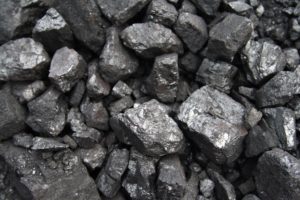
Coal, oil, and gas are what we call fossil fuels. Can you guess why those are called fossil fuels? Or why they are considered a non-renewable energy source?
These sources are called fossil fuels because they formed when plants and animals died millions of years ago. Over time, they became buried deeper and deeper underground, where the heat and pressure began to rise. The dead plants and animals then were formed into substances like oil, coal, and gas. Therefore, once we remove and burn all the fossil fuels buried under the Earth, we would have to wait millions of years for more to be formed! This is why it is called a non-renewable energy source. Watch this video to learn more about fossil fuels.
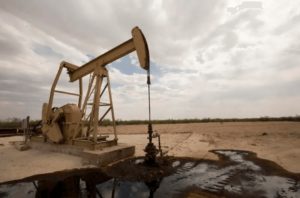
Burning fossil fuels like gas, oil, and coal creates air pollution. Have you seen black smoke coming from a car’s exhaust pipe? That black smoke is full of chemicals that pollute the air. In addition to polluting the air, the burning of fossil fuels also releases carbon dioxide (CO2) into the air. Scientists have proven that this release of CO2 raises the temperature of the atmosphere and is a cause of global warming.
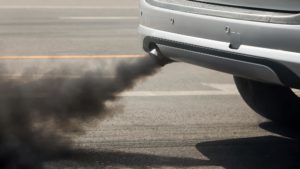
Where does your energy come from?
Whatcom County residents get their electricity and energy from Puget Sound Energy (PSE). PSE uses a combination of renewable and non-renewable energy sources to generate the energy we use every day. About 43% of that energy is generated by renewable energy sources, and about 57% is generated through non-renewable energy sources. Watch this video to see where and how PSE energy is generated.
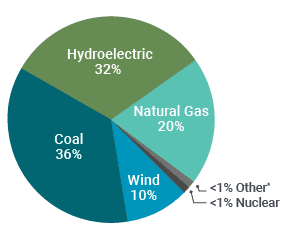
Why do we want to conserve energy?
We all use energy in our daily lives. And almost all of us use fossil fuels. But a reminder that anytime we use energy, we are using natural resources. Most of these natural resources are limited and are quickly running out. In addition to conserving our natural resources, we want to use as many clean sources of energy to avoid polluting the air and increasing carbon dioxide that is released in the atmosphere. The more energy we save, the less natural resources will be used, the healthier the environment for all!
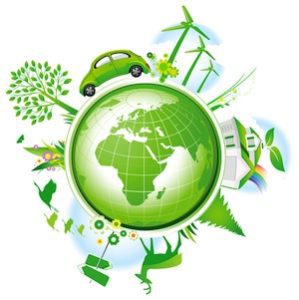
Take Action
Generate your own renewable energy!
Get the help of a parent to do one or all of these fun projects to build a renewable energy model and generate real energy!
When you’re done, share a photo or video with us of you using your renewable energy and explain why it works. Or tag us on Instagram (@resources_protects) with a photo or drawing of what you create. We want to see it!
Build a wind turbine
Print out these instructions and template to create your own wind turbine!
Build a solar oven
Follow the instructions to create a solar oven and cook some s’mores!
Build a water turbine
Create a water turbine following the directions here!
More ways to conserve energy
There are many ways that we can conserve energy, or use less of it. Some include:
- Turning the lights off when leaving a room
- Play outside or play board games more rather than playing on electronics
- Take shorter showers (remember it takes energy to heat the water!)
- Drive less, walk, bike, or carpool more
- Instead of turning up the heat in your house, use a blanket or put on a sweater
- Use natural light when possible
- Learn more about Energy and Climate change!
Can you think of more?
Continue Learning!
There are lots of topics for you to choose from. Don’t stop here; move on to discover another lesson! New lessons uploaded each week.
Photo credits: (top) Leah Dorion’s piece “Land of Tamarach and Spruce.”


